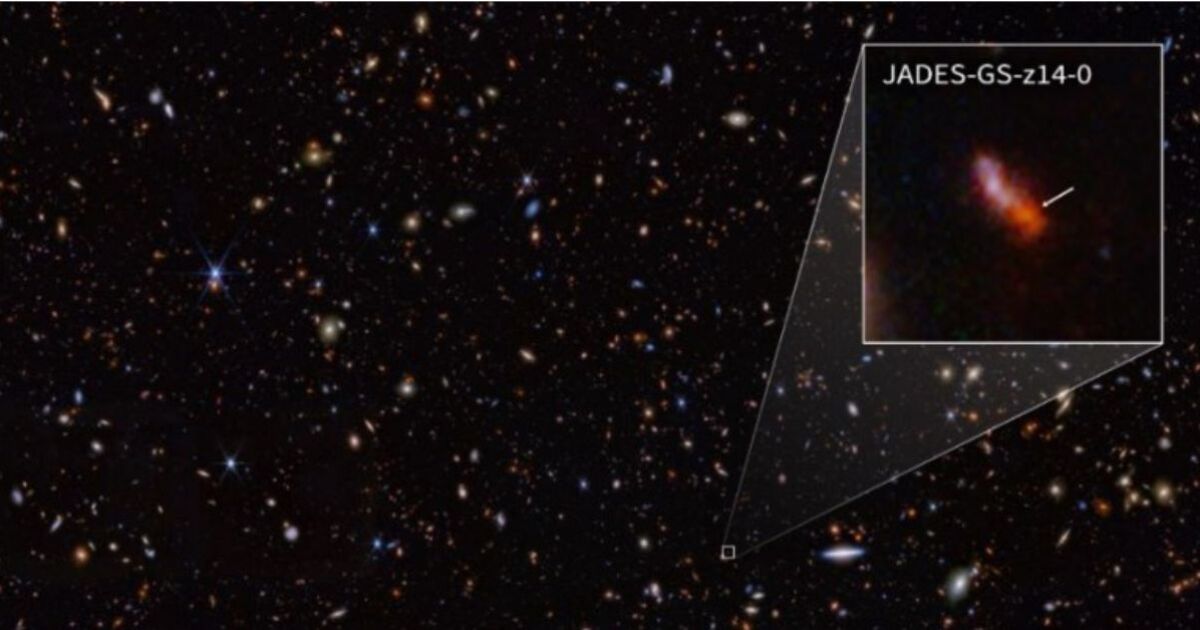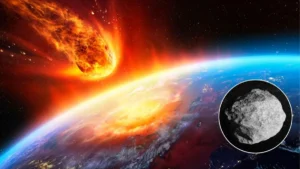
The James Webb Space Telescope surpassed its own observation range record by detecting the most distant and oldest galaxy ever discovered, which existed 290 million years after the Big Bang, NASA announced.
The American space agency explained that this bright galaxy presents particularities that have “profound implications” for understanding the first ages of the universe.
Stefano Carniani and Kevin Hainlin, two researchers who participated in the discovery, They said in a statement that the so-called JADES-GS-z14-0 “is not the type of galaxy that theoretical models and computer simulations have predicted.” in the early universe.
>>> Read also: What color are aliens really? Scientists show they are not green
“We are delighted to see the extraordinary diversity of galaxies that existed at the cosmic dawn!” added the group of researchers in the announcement on Thursday, May 30, 2024.
In astronomy, seeing far away is the same as going back in time. For example, it takes eight minutes for sunlight to reach the Earth and that is why we see the Sun as it was eight minutes ago. Therefore, by looking even further, it is possible to perceive those objects as they were billions of years ago.
When the brightness of the most distant galaxies reaches Earth, the expansion of the universe stretches and shifts that light into the infrared range, a spectrum that James Webb is capable of detecting with unprecedented clarity. This megatelescope operates only in the infrared spectrum to explore the youngest universe, which is one of its main missions.
Since its launch in December 2021, The telescope has observed very distant galaxies, but with NASA’s announcement it breaks its own observation range record. It is estimated that the light from this new galaxy took more than 13.5 billion years to reach Earth (the Big Bang happened 13.8 billion years ago).
According to NASA, this galaxy is “exceptionally bright considering its distance” and its mass is estimated to be hundreds of millions of times greater than that of the Sun.
The discovery surpasses the previous record of the oldest known galaxy, JADES-GS-z13-0, which existed 320 million years after the Big Bang.
One of the questions that this discovery raised in the researchers was: “How can nature create such a large, massive and bright galaxy in less than 300 million years?”
>>> You may be interested: Was it a meteorite? Shocking video of “fireball” crossing the sky of Portugal and Spain
Considered a jewel of engineering, the James Webb telescope is stationed 1.5 million kilometers from Earth and is used by scientists around the world for research.
Source: https://www.noticiascaracol.com/mundo/telescopio-james-webb-detecta-la-galaxia-mas-lejana-jamas-conocida-en-el-universo-cb20


